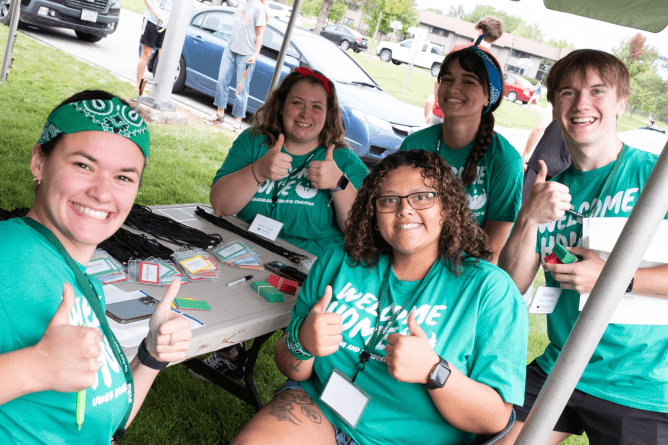Tag: trust
-

Why Didn’t Anyone Do Today’s Reading? – Engaging Students by Building Relationships
By
|
Article by Pamela Rivers The semester is well under way. Your students have taken their first exam. Some are active and excelling. Others have stopped coming to class or are not completing the assigned readings. Welcome to the end of September. Maybe you thought this time it wouldn’t happen. Everyone was eager and excited and…

